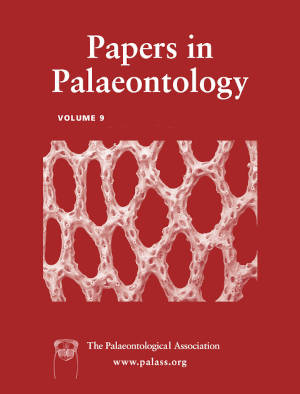Article: Newly discovered morphology of the Silurian sea spider Haliestes and its implications
Publication: Papers in Palaeontology
Volume:
9
Part:
5
Publication Date:
2023
Article number:
e1528
Author(s):
Derek J. Siveter, Romain Sabroux, Derek E. G. Briggs, David J. Siveter, and Mark D. Sutton
DOI:
10.1002/spp2.1528
Abstract
Abstract The three-dimensionally preserved Haliestes dasos from the Silurian (Wenlock) Lagerstätte is the most complete fossil sea spider and the oldest unambiguous pycnogonid known from the fossil record. The discovery of two new specimens to add to the holotype reveals new features including proximal annulations of the appendages and segmentation of the trunk end, critical details for comparison with pycnogonids from the Devonian (Emsian) Hunsrück Slate and for the interpretation of the evolutionary significance of Palaeozoic genera. There is some evidence of sexual dimorphism. Haliestes dasos was nektobenthic and its morphology indicates an unusual mode of feeding compared with living pycnogonids. The new morphological features of H. dasos are closely similar to those in Palaeoisopus problematicus from the Hunsrück Slate and it clearly belongs, together with that species, in stem Pycnogonida and not the crown group.
